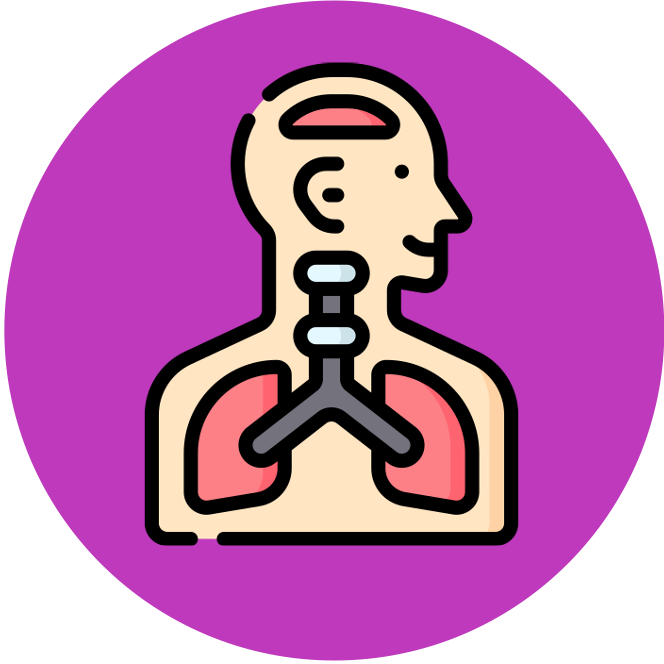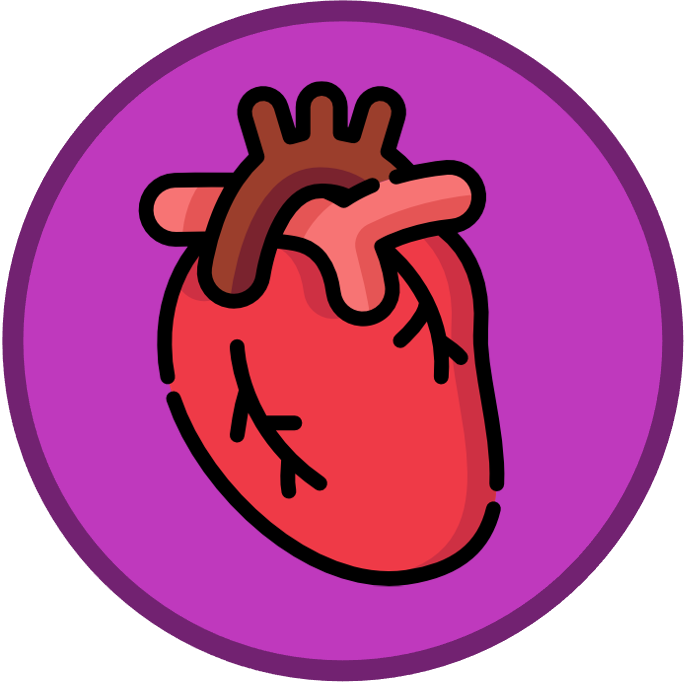

Blood Supply
The blood pumped by the heart is not made equally available to all body tissues but distributed according to need
-
Metabolically active cells needs more blood to provide oxygen and nutrients for cell respiration and to remove heat and wastes
Blood supply to organs can be changed in a number of ways:
-
Heart rate can be increased via nerve impulses from the brainstem (rapid) or via the release of adrenaline (sustained)
-
Blood flow can be regulated by changing the diameter of the arteries (vasoconstriction and vasodilation)
-
Precapillary sphincters can open or close to control the amount of blood that enters a capillary bed
The amount of blood an organ needs may change in response to the type of activity being undertaken:
-
Sleeping: Blood flow to skeletal muscles will be reduced, but blood flow to the brain may increase (e.g. during REM sleep)
-
Exercise: Blood flow to skeletal muscles is greatly increased, while blood flow to the kidneys and gut is reduced
-
Wakeful Rest: There is moderate blood flow to the kidneys and gut, while blood flow to the muscles will vary based on activity
Due to its importance, blood flow to the brain remains relatively constant at all times, while blood flow to the gut will increase after a meal
Regulating Blood Flow

Sphincters Open





